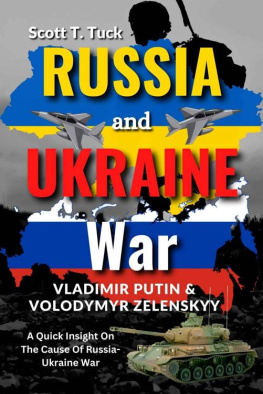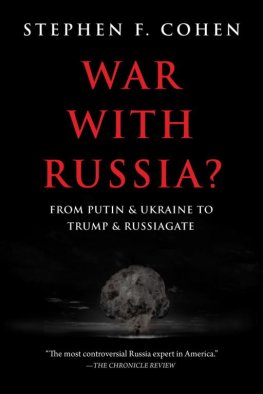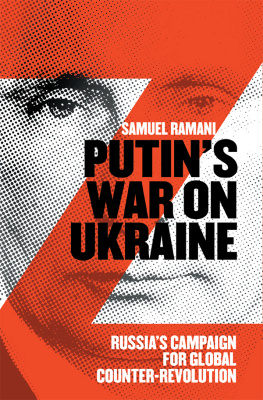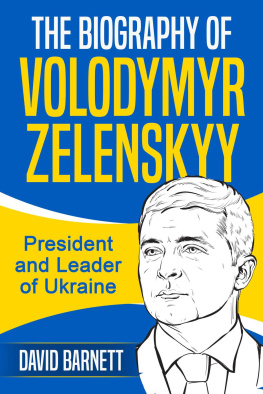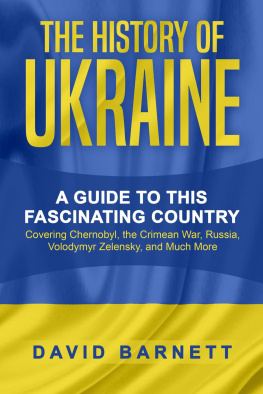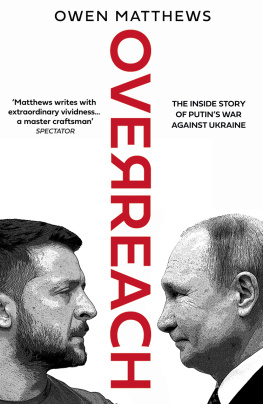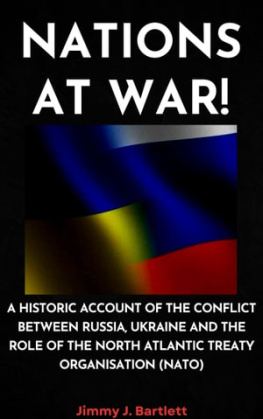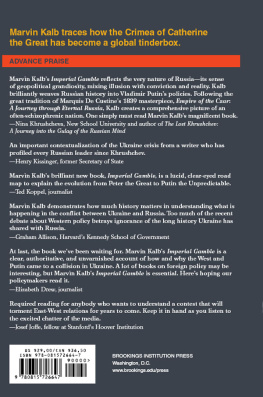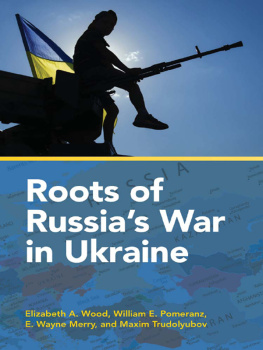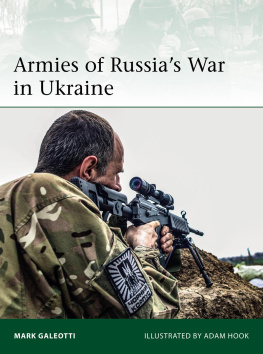Russia and Ukraine War
Vladimir Putin & Volodymyr Zelenskyy, A Quick Insight On The Cause Of Russia-Ukraine War
Scott T. Tuck
Introduction
It seemed like a scene from the Cold War, a hazardous episode from a pastime. A flighty Russian pioneer was storing up troops and tanks on a neighbor's boundary. There was the dread of a ridiculous East-West fire.
Then the Cold War turned hot: Vladimir V. Putin requested Russian powers to attack Ukraine. The repercussions were prompt and sweeping.
Presently, following the send-off of Russia's full-scale attack on Feb. 24, the biggest activation of powers Europe has seen since 1945 is in progress. Until now, Moscow has been denied the quick victory it expected and has failed to capture significant urban areas throughout the country, including Kyiv, the capital. It has been overloaded by a badly prearranged military and has confronted relentless obstruction from both Ukrainian troops and regular citizen opposition contenders. In any case, Russia has unrivaled military might, and Mr. Putin has shown that his definitive objective is to catch Kyiv, overturn Ukraine's equitably chosen government, and subsume the country into Russia's orbit.
The attack takes steps to weaken the generally unpredictable post-Soviet area, with serious ramifications for the security structure that has administered Europe since the 1990s. Mr. Putin has long deplored the deficiencies of Ukraine and different republics when the Soviet Union fell to pieces. Presently, reducing NATO, the tactical coalition that helped hold the Soviets under control, seems, by all accounts, to be essential for his central goal. Before attacking, Russia set a rundown of broad expectations to reshape that designpositions NATO and the US dismissed.
With the war raging on, US intelligence organizations say Mr. Putin has been perplexed by the slow pace of tactical development and that Russian commanders have been gradually strengthening aimless assaults on non-military personnel targets and frameworks, and are turning to strategies used in previous wars in Chechnya and Syria. Mariupol. Kharkiv. Chernihiv, Sumy, Okhtyrka. Hostomel. Irpin. The rundown of Ukrainian urban communities that once stood as ruins continues to develop.
The war has released a staggering amount of help and guaranteed thousands of lives. It has also prompted millions of people to flee Ukraine, sparking what the United Nations has described as the fastest-growing exile crisis since World War II.
On March 16, a Russian strike obliterated a theater where many people, including children, had been protected. The city has no power or water, and individuals have been digging channels to accommodate the mounting numbers of bodies.
A few rounds of strategic discussions between Russia and Ukraine have failed to stop the war. The US and the European Association have assembled to force the absolute hardest financial authorization ever on Mr. Putin's administration. Many Western organizationsproducers, oil organizations, retailers, and cheap food chains like McDonald'shave suspended activities in Russia, traveling back in time to the nation's opening toward the west.
Chapter 1 - What's behind the Ukraine crisis?
After the Soviet Union imploded in the mid-1990s, NATO expanded eastward, ultimately taking in the vast majority of the European countries that had been in the Socialist circle. The Baltic republics of Lithuania, Latvia, and Estonia, when portions of the Soviet Association, joined NATO, as did Poland, Romania, and others.
Accordingly, NATO drew many miles nearer to Moscow, straightforwardly lining Russia. And in 2008, it expressed that it arrangedsometimesto select Ukraine, but that is as yet seen as a distant possibility.
Mr. Putin has portrayed the Soviet breakdown as one of the greatest disasters of the twentieth century that denied Russia its legitimate spot among the world's extraordinary powers. He has spent his 22 years in power remaking Russia's military and reasserting its international clout.
The Russian president calls NATO's extension threatening, and the possibility of Ukraine going along with it is a significant danger. Russia's protests against NATO have grown louder as the alliance has grown more self-assured and militarily advanced. He has repeatedly conjured the appearance of American long-range rockets and battle powers in Ukraine, even though US, Ukrainian, and NATO officials insist there are none.
Mr. Putin has additionally demanded that Ukraine be, in a general sense, a portion of Russia, socially and by and large.
When mass fighting in Ukraine constrained a president firmly aligned with Mr. Putin in mid-2014, East-West relations deteriorated dramatically. Russia quickly attacked and added Crimea, part of Ukraine. Moscow also incited a nonconformist rebellion that took control of a portion of Ukraine's Donbas district in a war that is still raging, killing over 13,000 people.
What is it that Putin needs?
Mr. Putin seems to plan on twisting back the clock over 30 years, laying out an expansive, Russian-ruled security zone looking like the power Moscow employed in Soviet days. He is currently 69 years of age and potentially edging toward the sunset of his political career, and he needs to draw Ukraine, a country of 44 million individuals, back into Russia's effective reach.
Russia introduced NATO and the US in December with a bunch of composing demands that guarantee its security. The first is an assurance that Ukraine will never join NATO, that NATO will attract powers that previously joined Eastern European nations, and that the 2015 Ukrainian truce will be implemented through Moscow and Kyiv disagree sharply on what that would entail.
The West excused the fundamental demands of craziness. Moscow's forceful stance has likewise excited Ukrainian patriotism, with resident state armies planning a long guerrilla crusade in case of Russian occupation.
The Russian chief may likewise need to stimulate patriots at home by zeroing in on an outer danger, as he has previously. By the way, since the intrusion started, thousands of Russians, some at extraordinary individual risk, have rampaged to fight the war.
How is the US answering?
At the beginning of December, President Biden clarified that his organization was not considering sending troops to battle for Ukraine since, among different reasons, Ukraine isn't an individual from the NATO collusion and doesn't fall under its obligation to aggregate protection.
All things being equal, the US has sent enemy tanks and antiaircraft weapons to Ukraine, expanded the American military presence in NATO nations bordering Russia, and requested 7,000 extra soldiers for Europe. The Pentagon additionally requested the organization of a reinforced detachment battle group for Germany to console restless NATO partners in Eastern Europe. Organization authorities likewise warned that the US could toss its weight behind a Ukrainian uprising.
However, the genuine bludgeon is monetary.
Mr. Biden, promising to turn Mr. Putin into an "outsider," has reported extreme authorizations pointed toward removing Russia's biggest banks and a few oligarchs from a large part of the worldwide monetary framework and keeping the country from bringing in American innovation basic to its safeguard, aviation, and oceanic ventures. Mr. Biden has likewise disallowed energy imports from Russia to the US and given sanctions against the organization behind an energy pipeline connecting Russia to Germany.
Mr. Biden stated that the United States was freezing trillions of dollars in Russian resources, including assets held by Russian elites and their families.
Western states have likewise promised to freeze resources to have a meeting with Mr. Putin. However, he has had very little awareness of what he possesses and where it very well may be. The Biden administration could also impose sanctions that would deprive Russians of their favorite cutting-edge telephones, workstations, and other gadgets.
Next page
